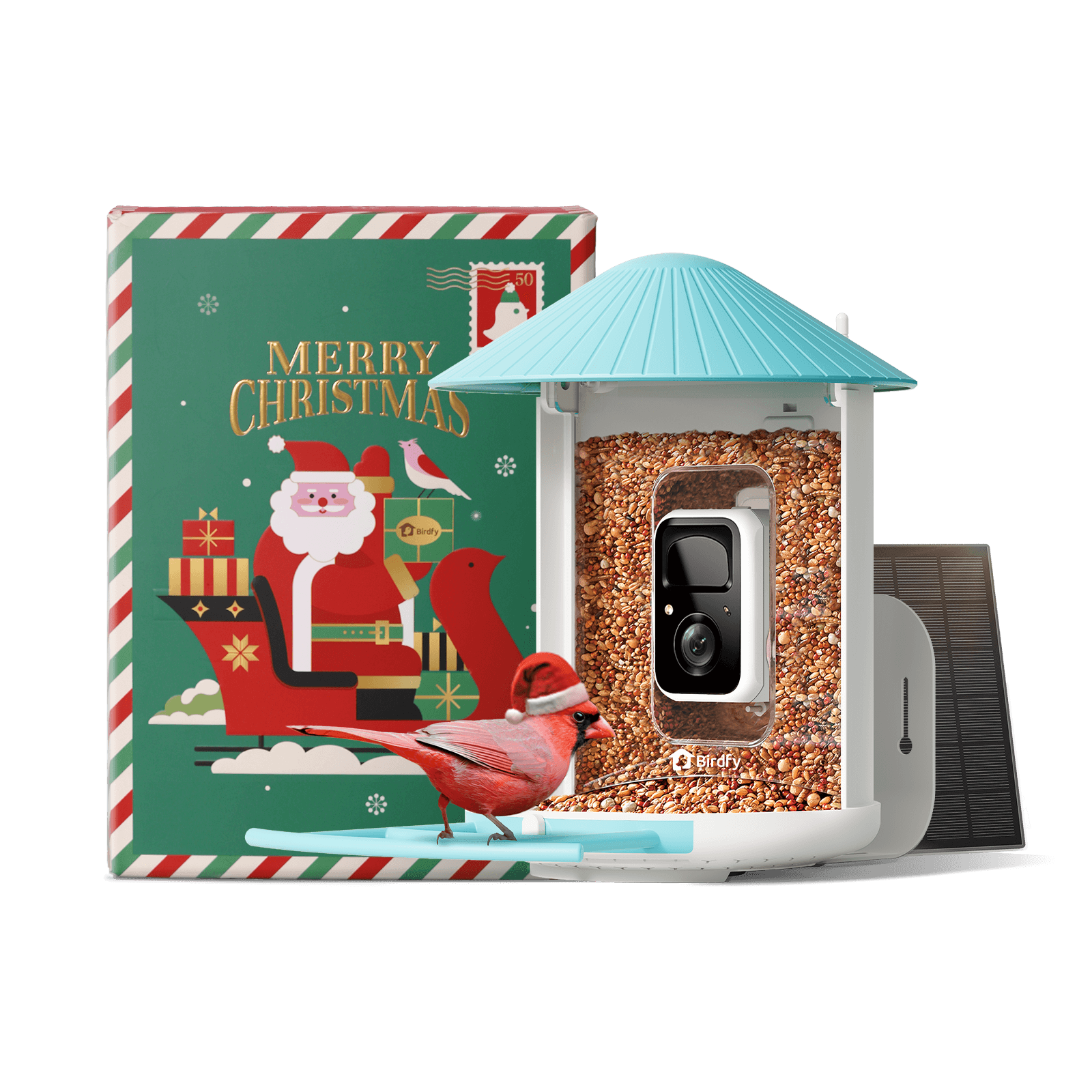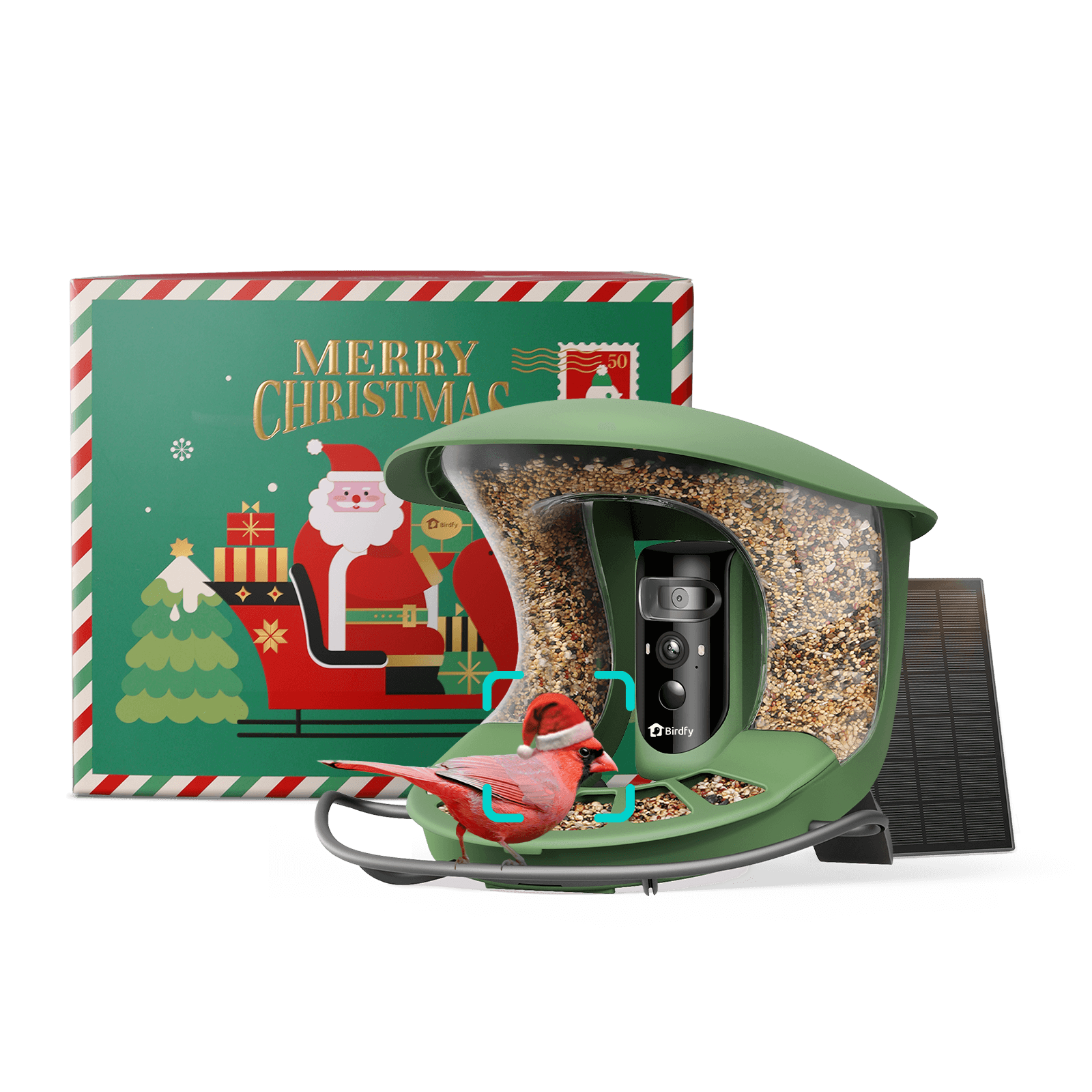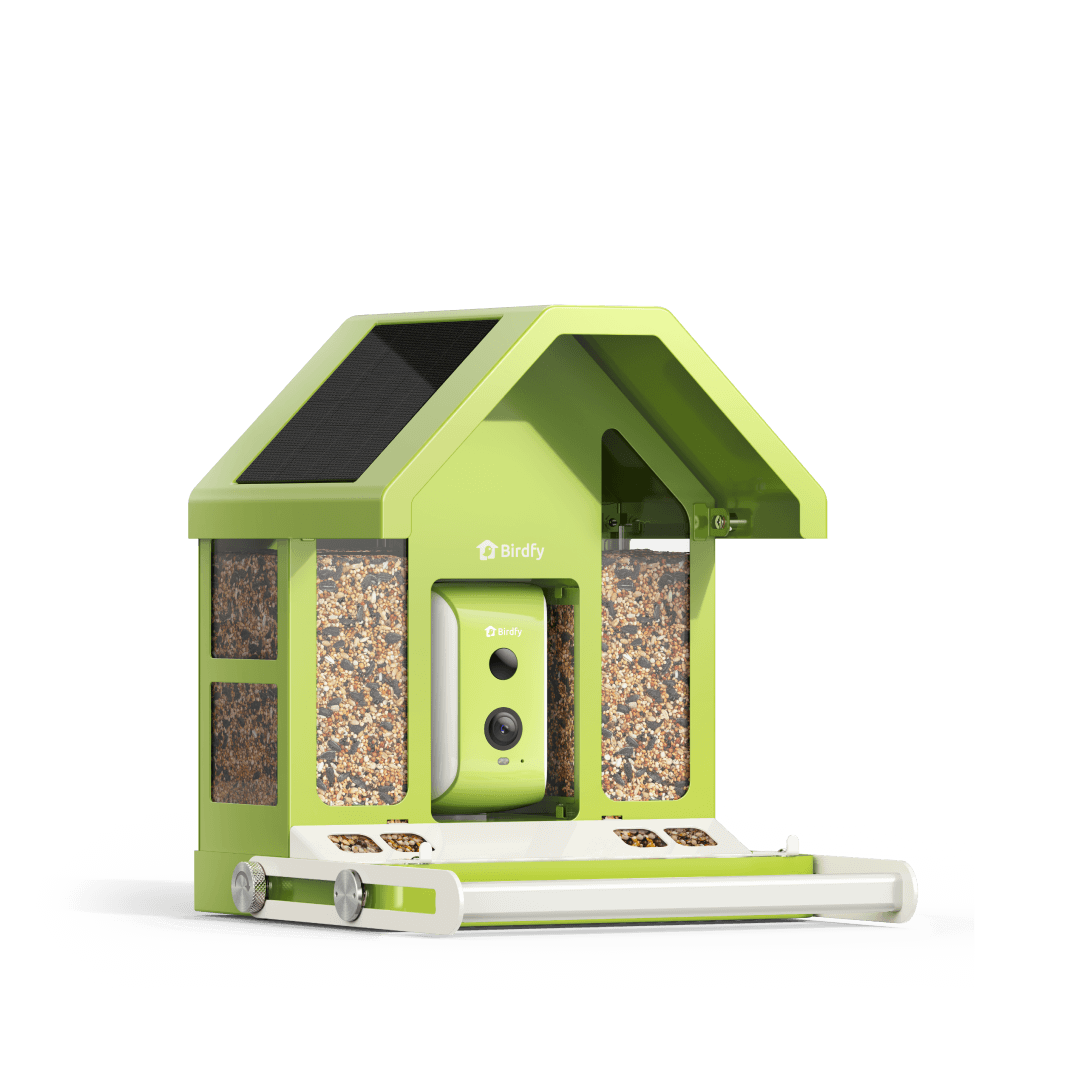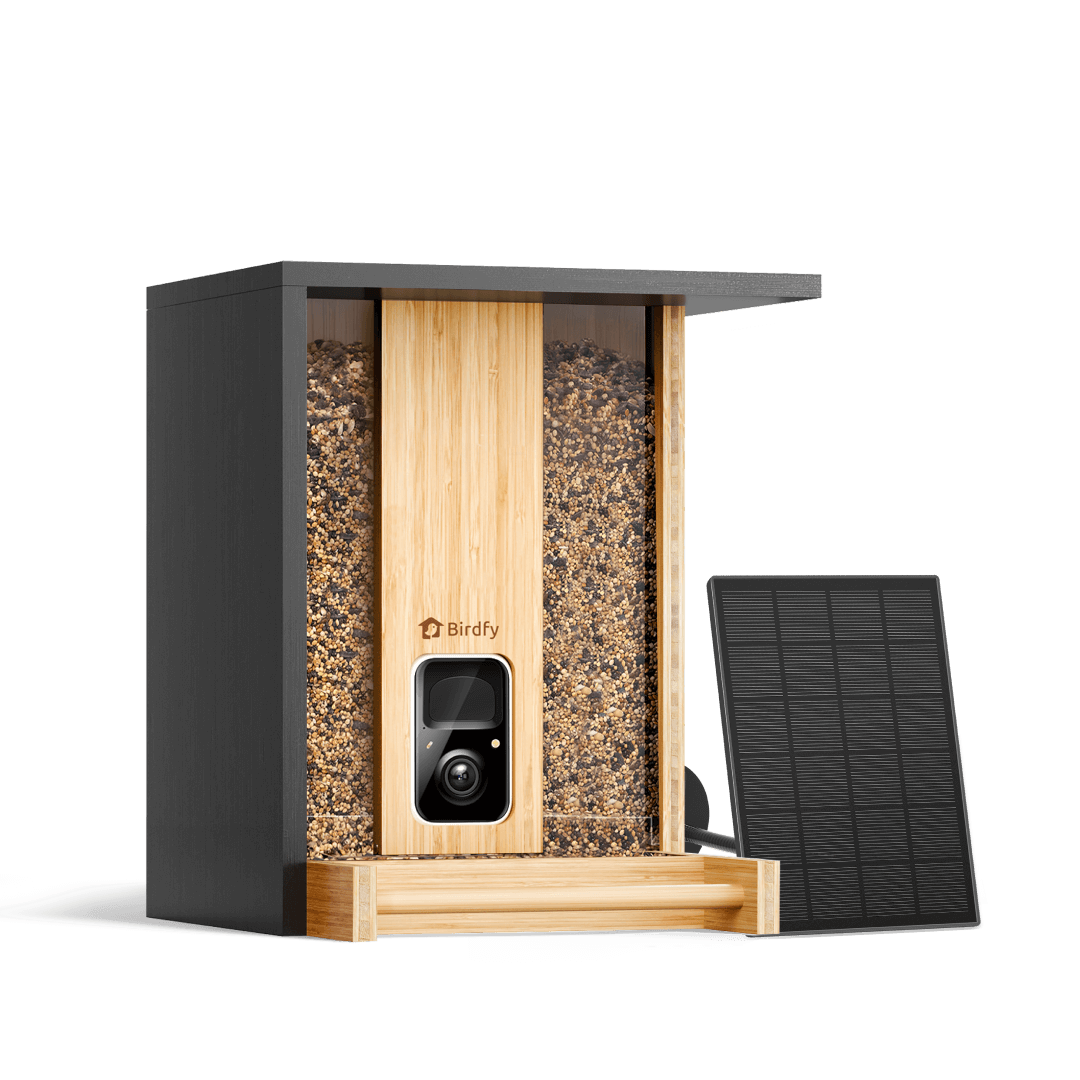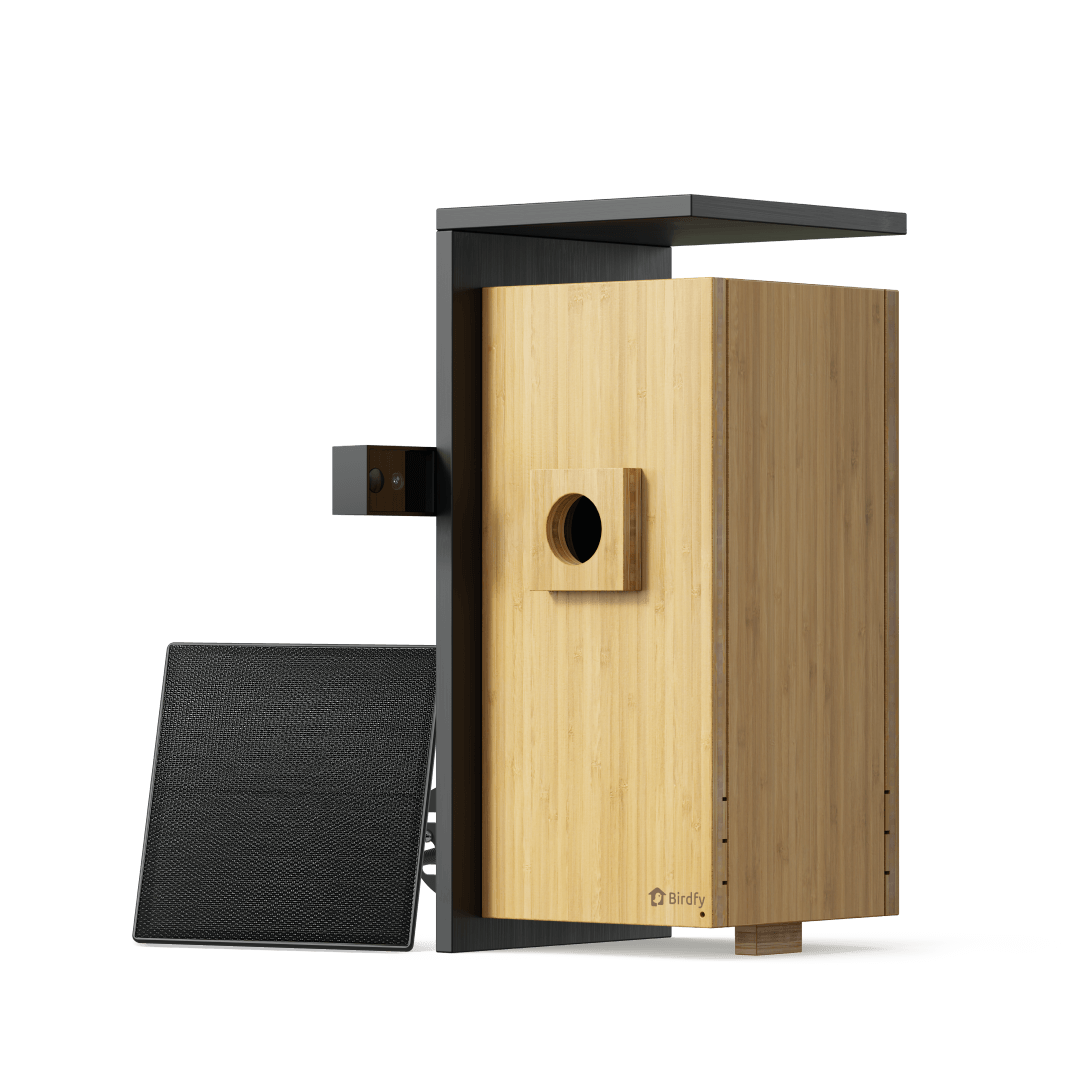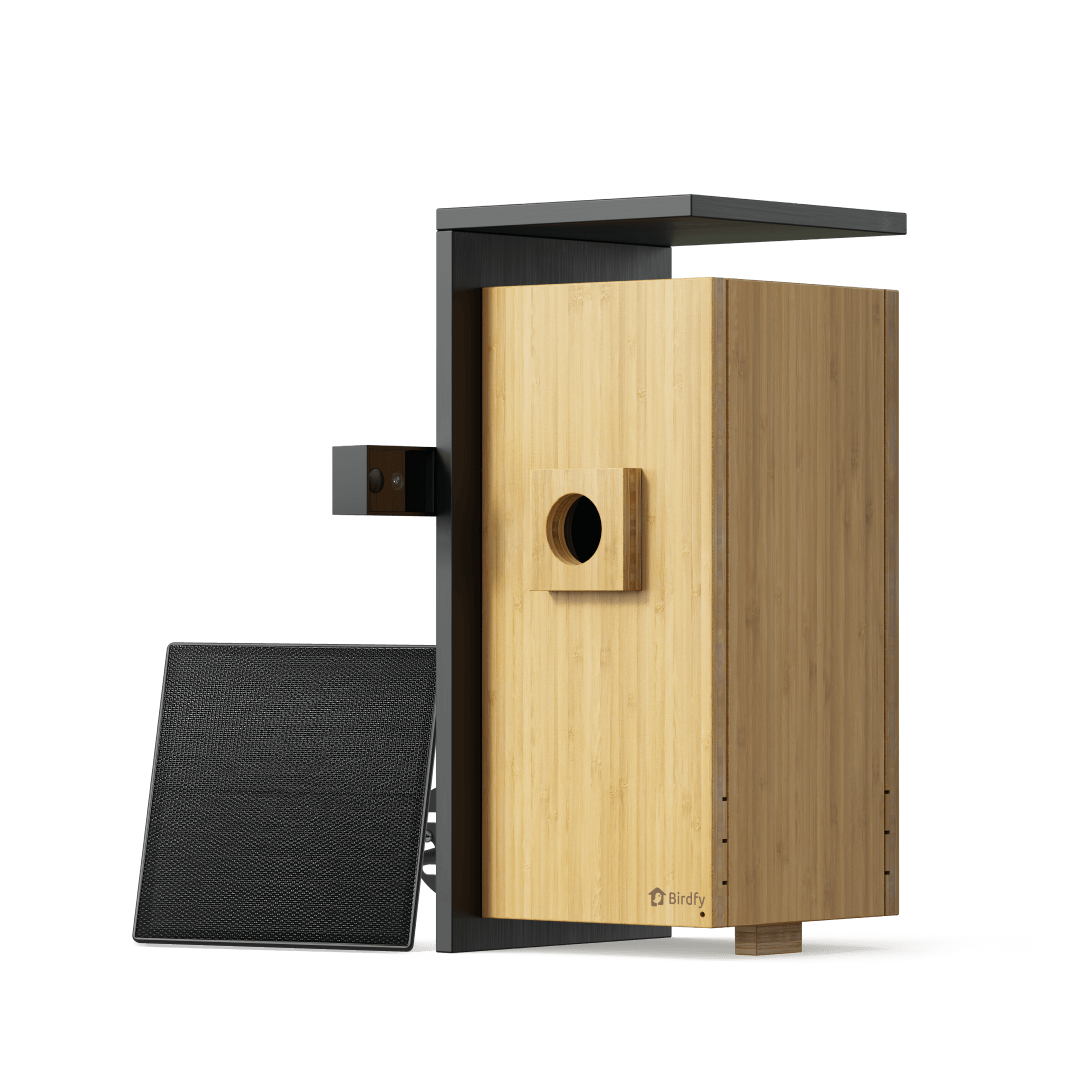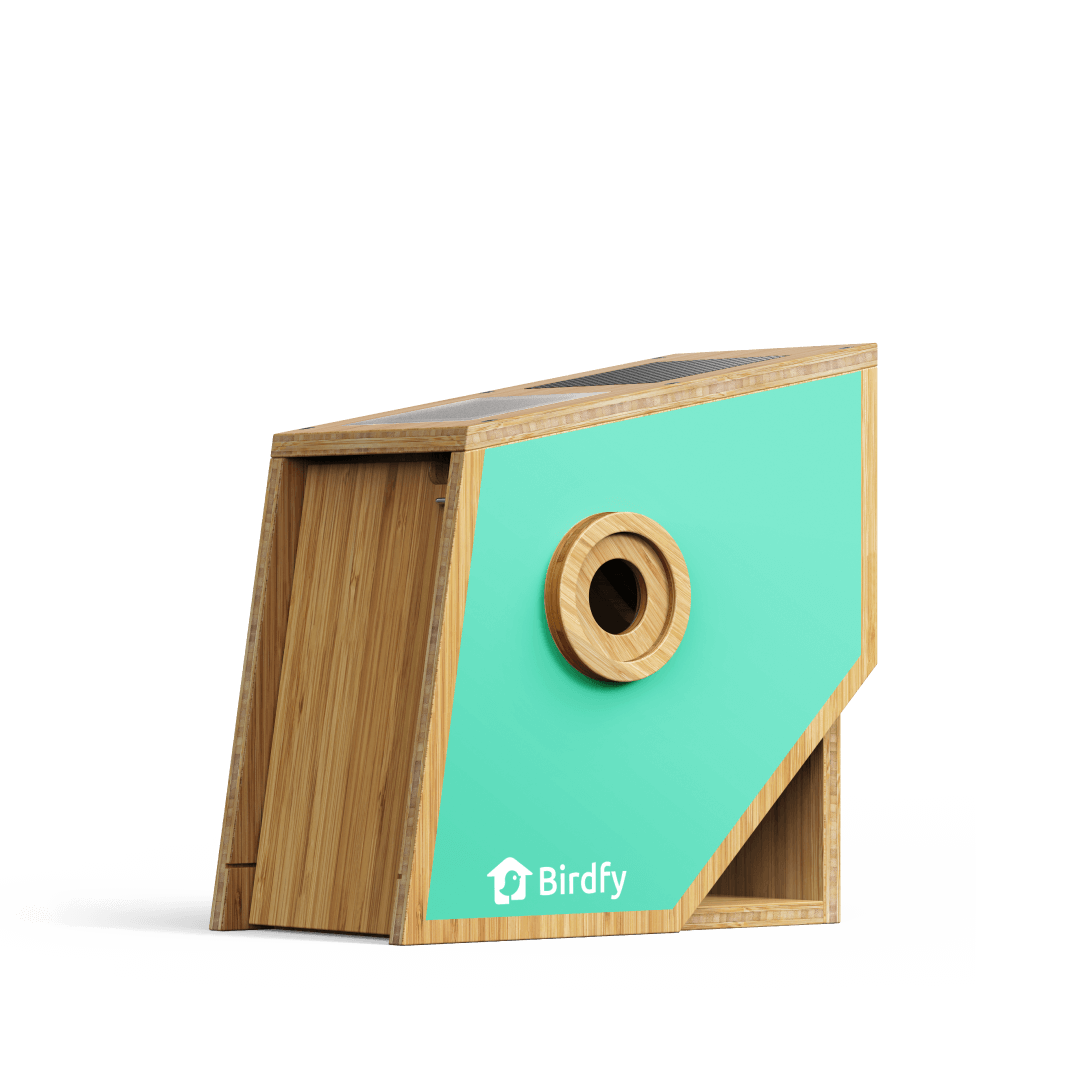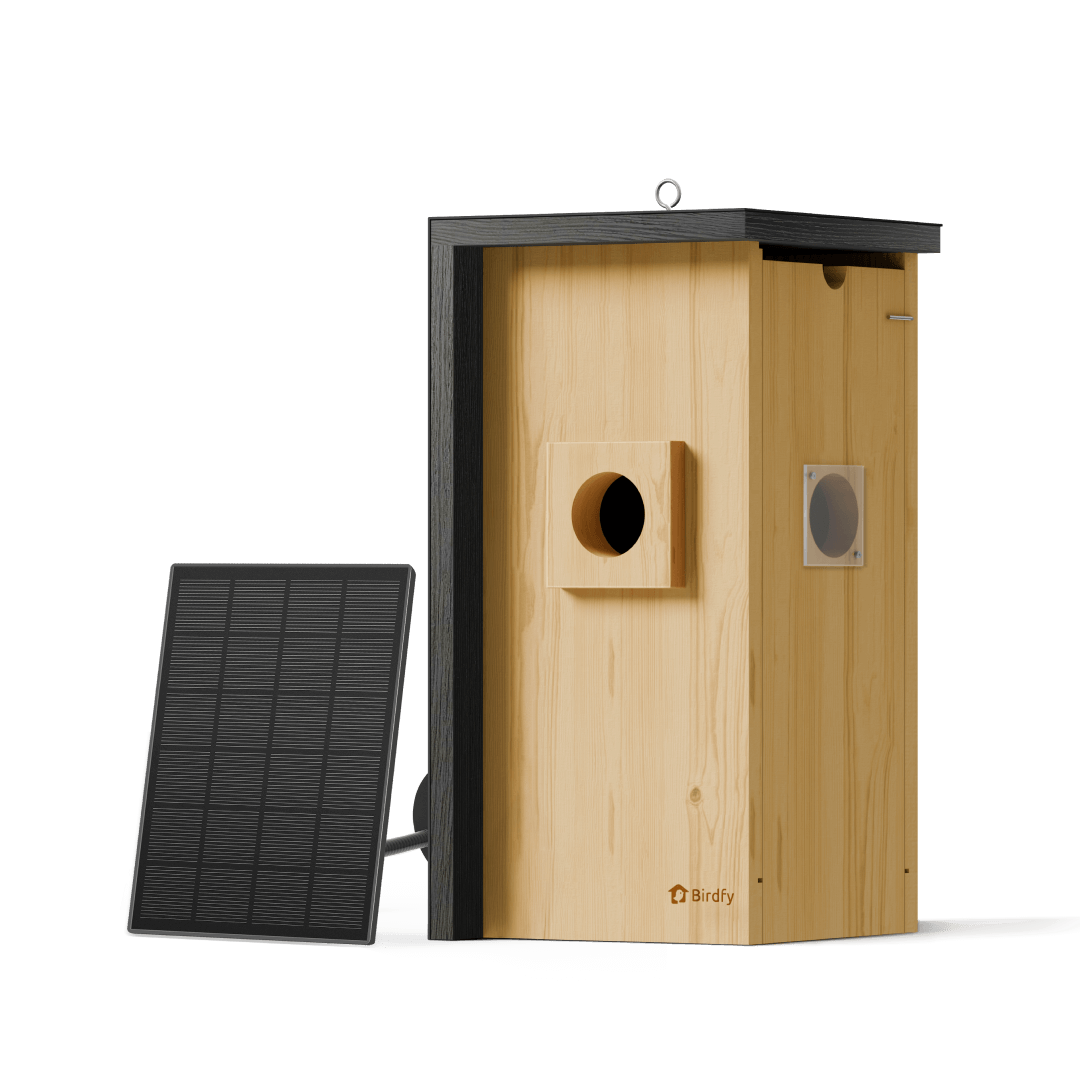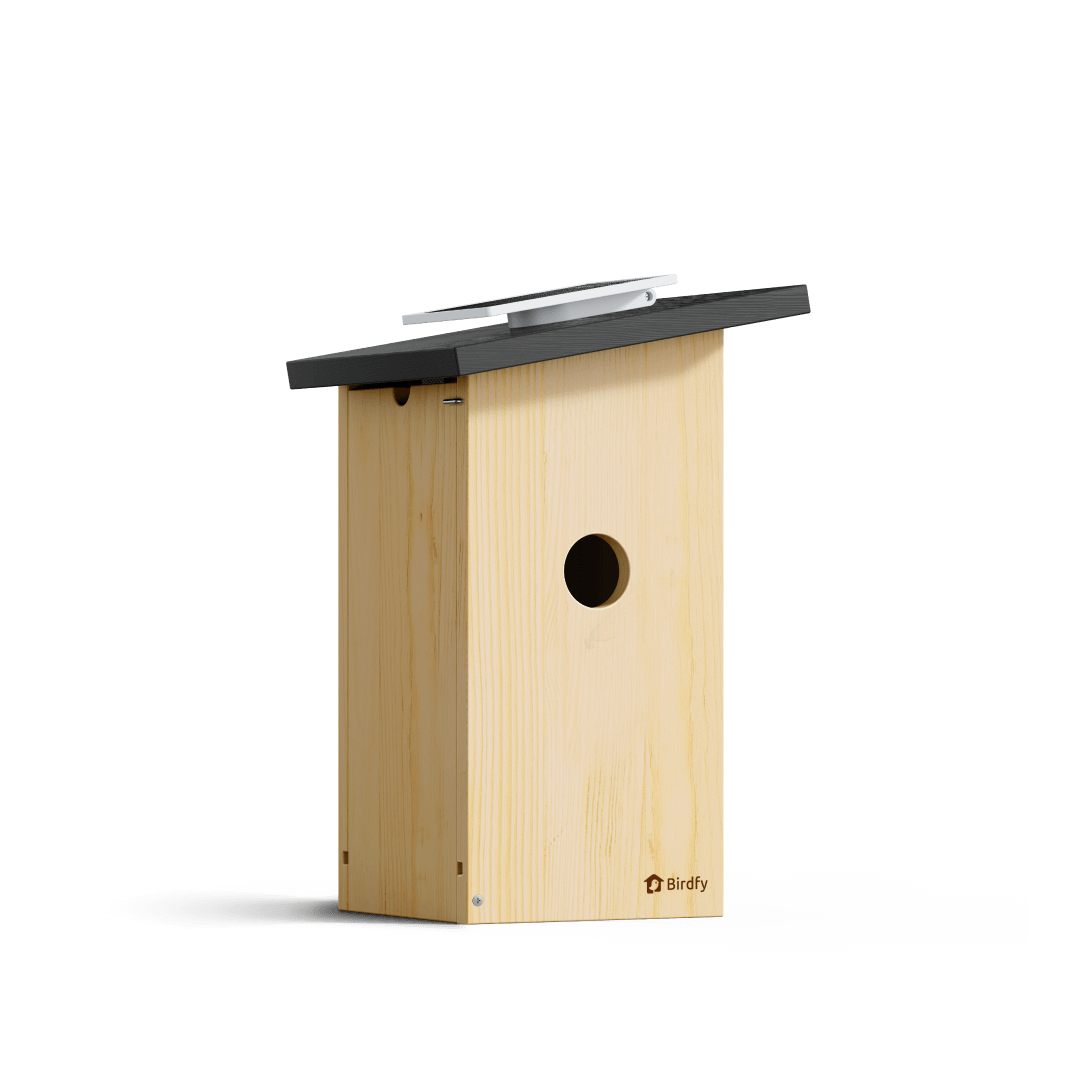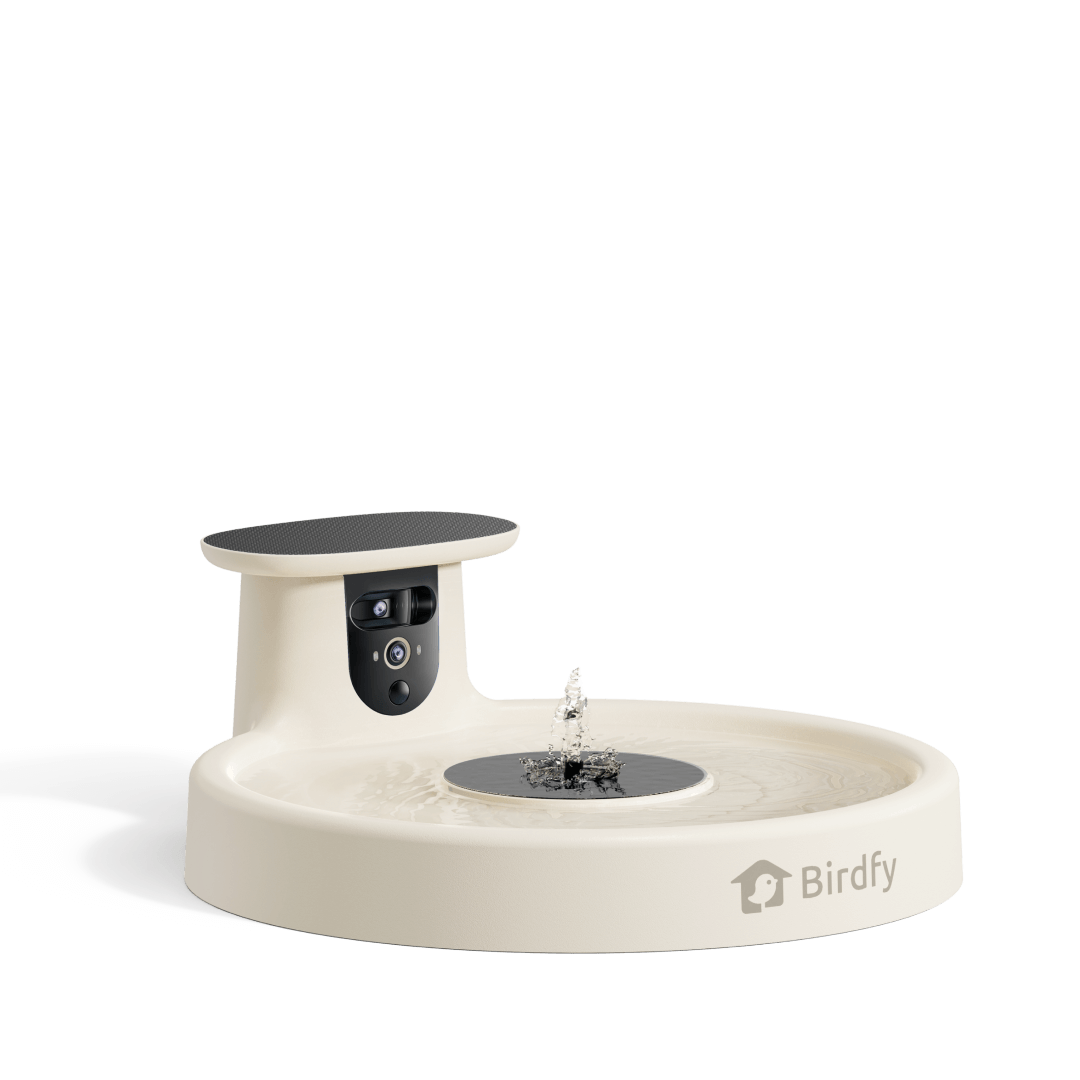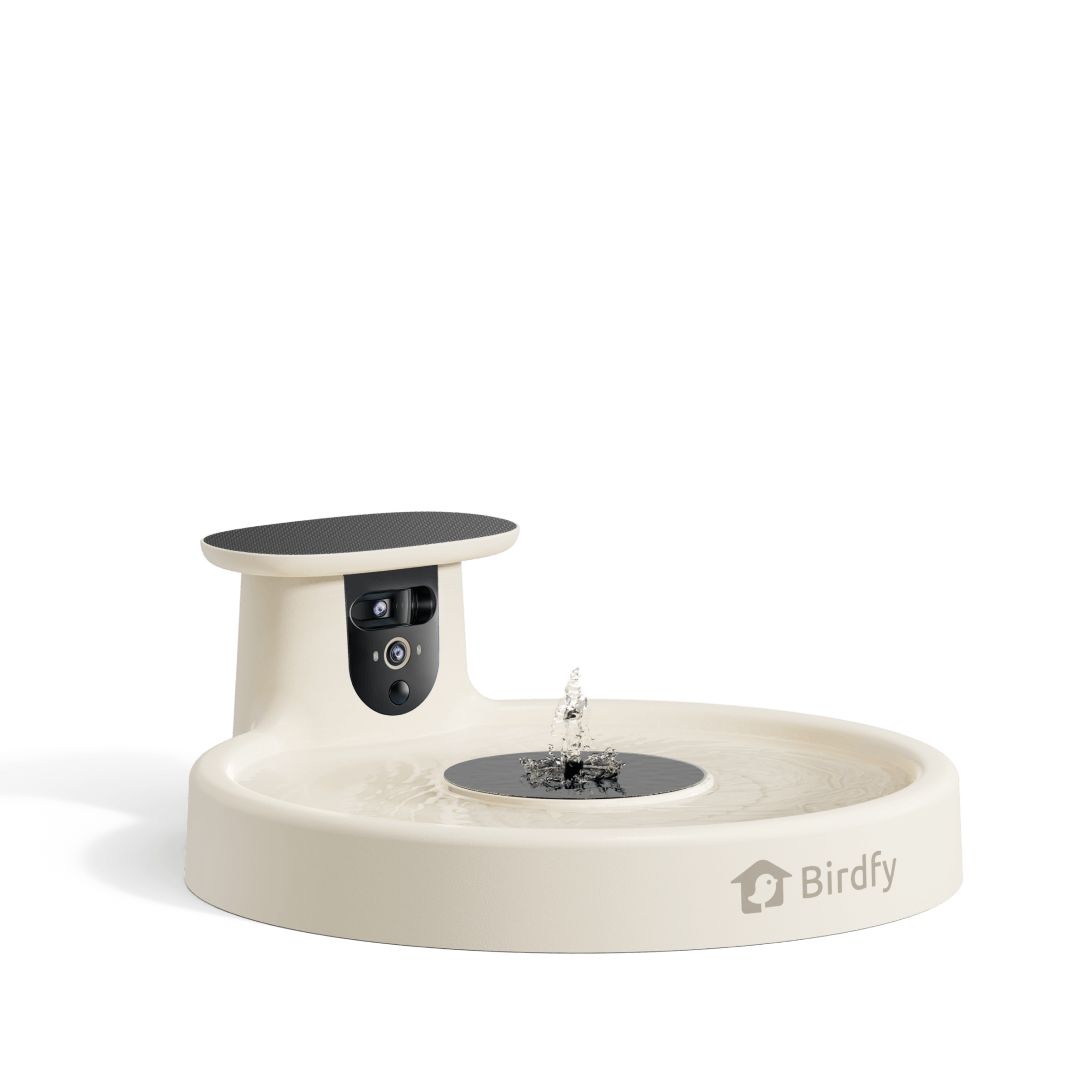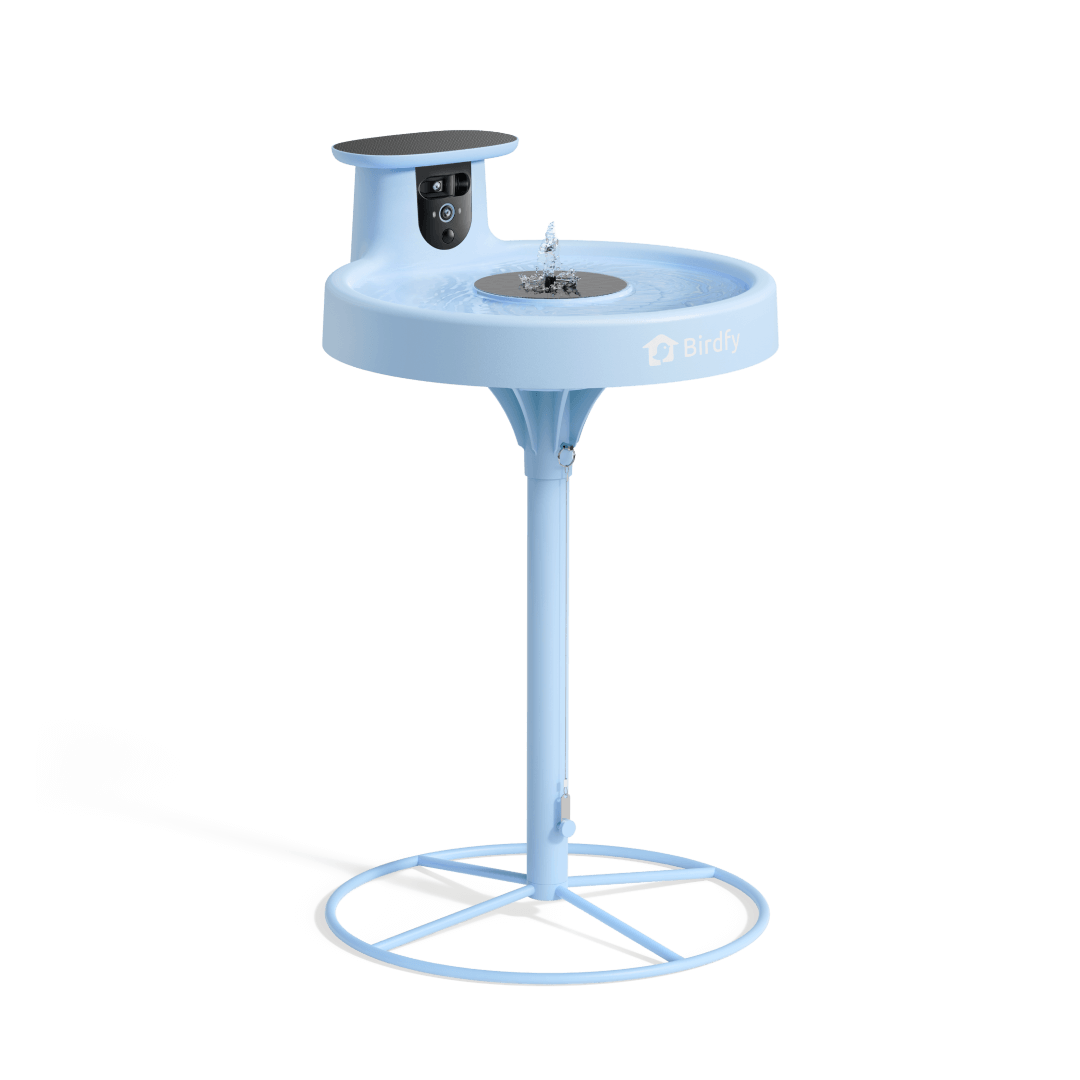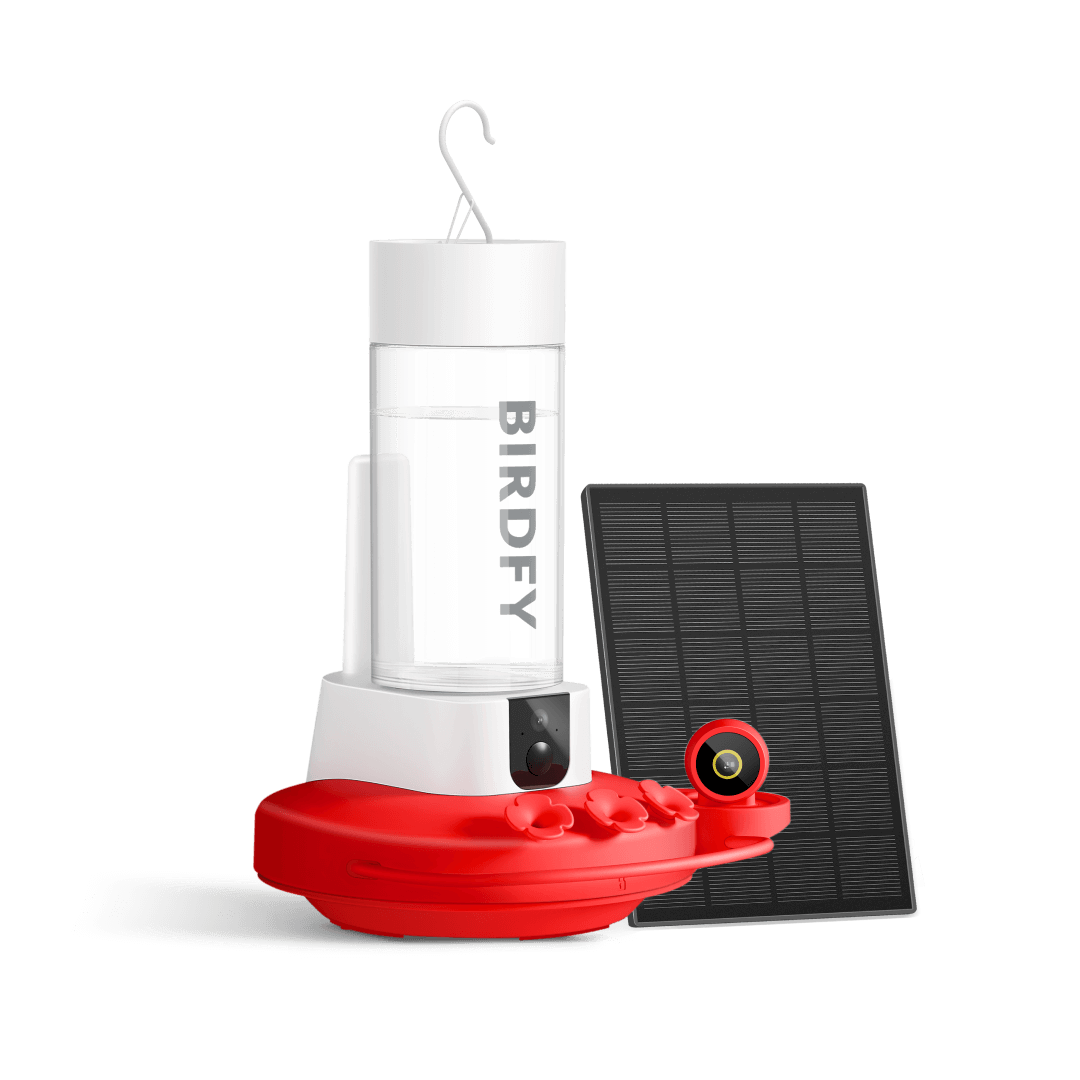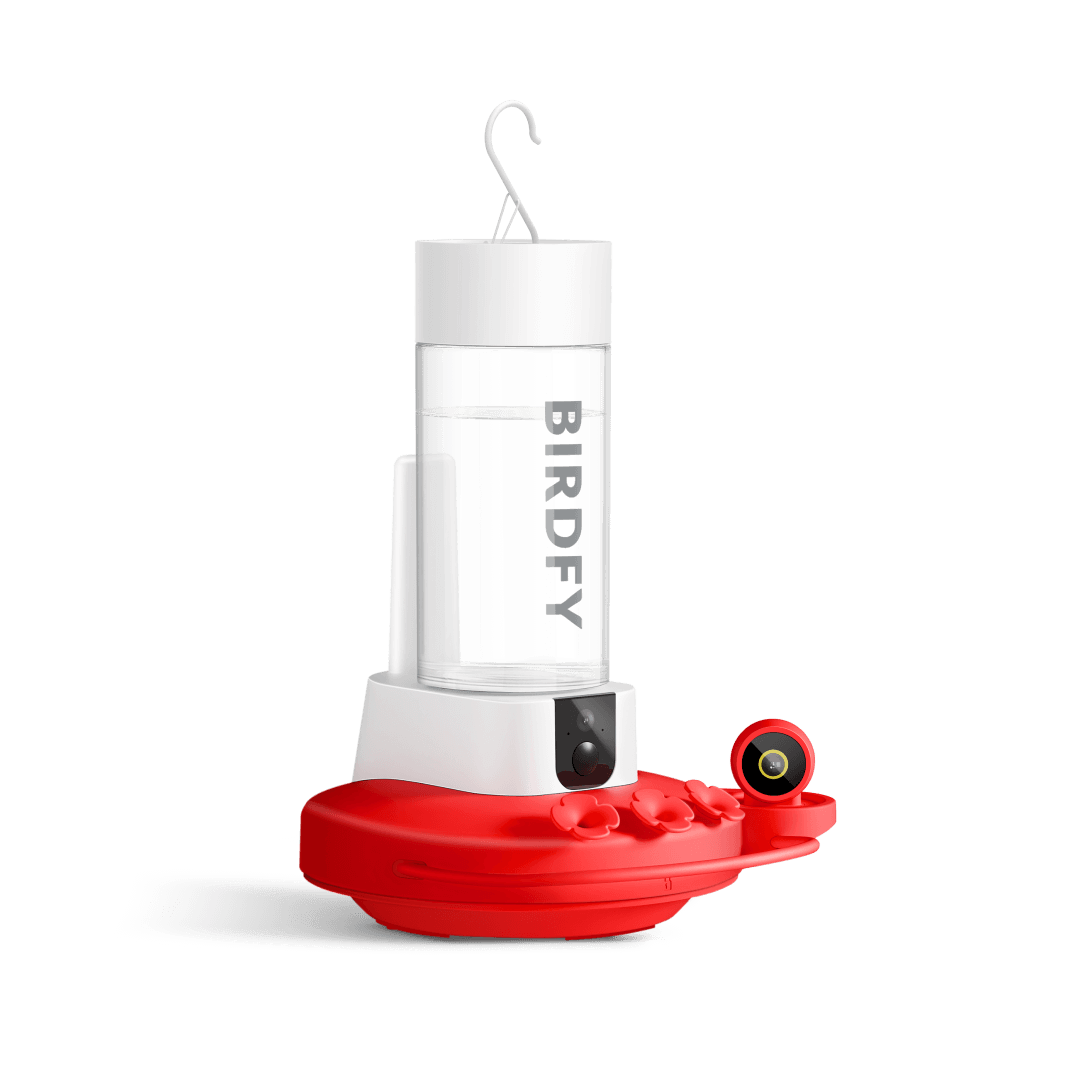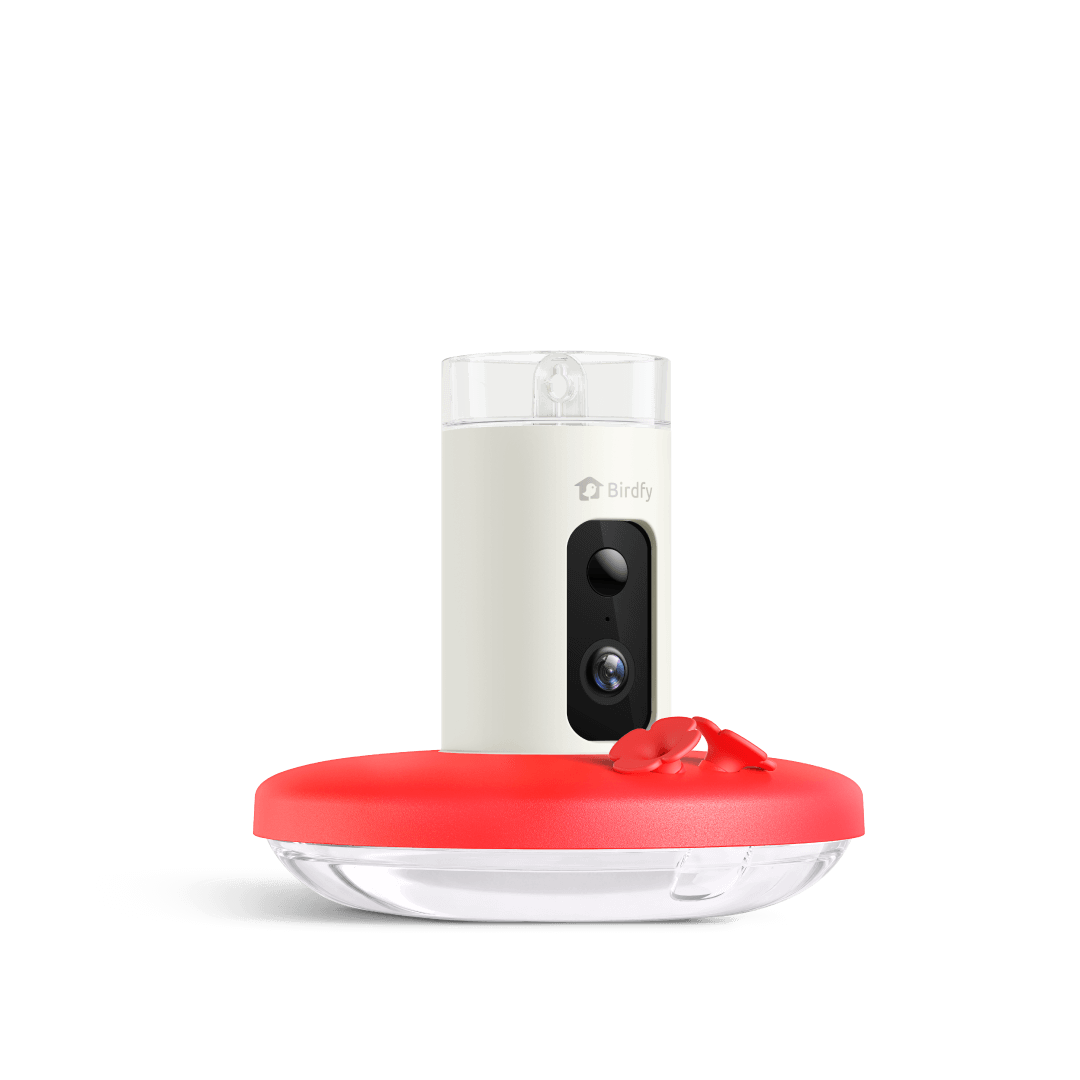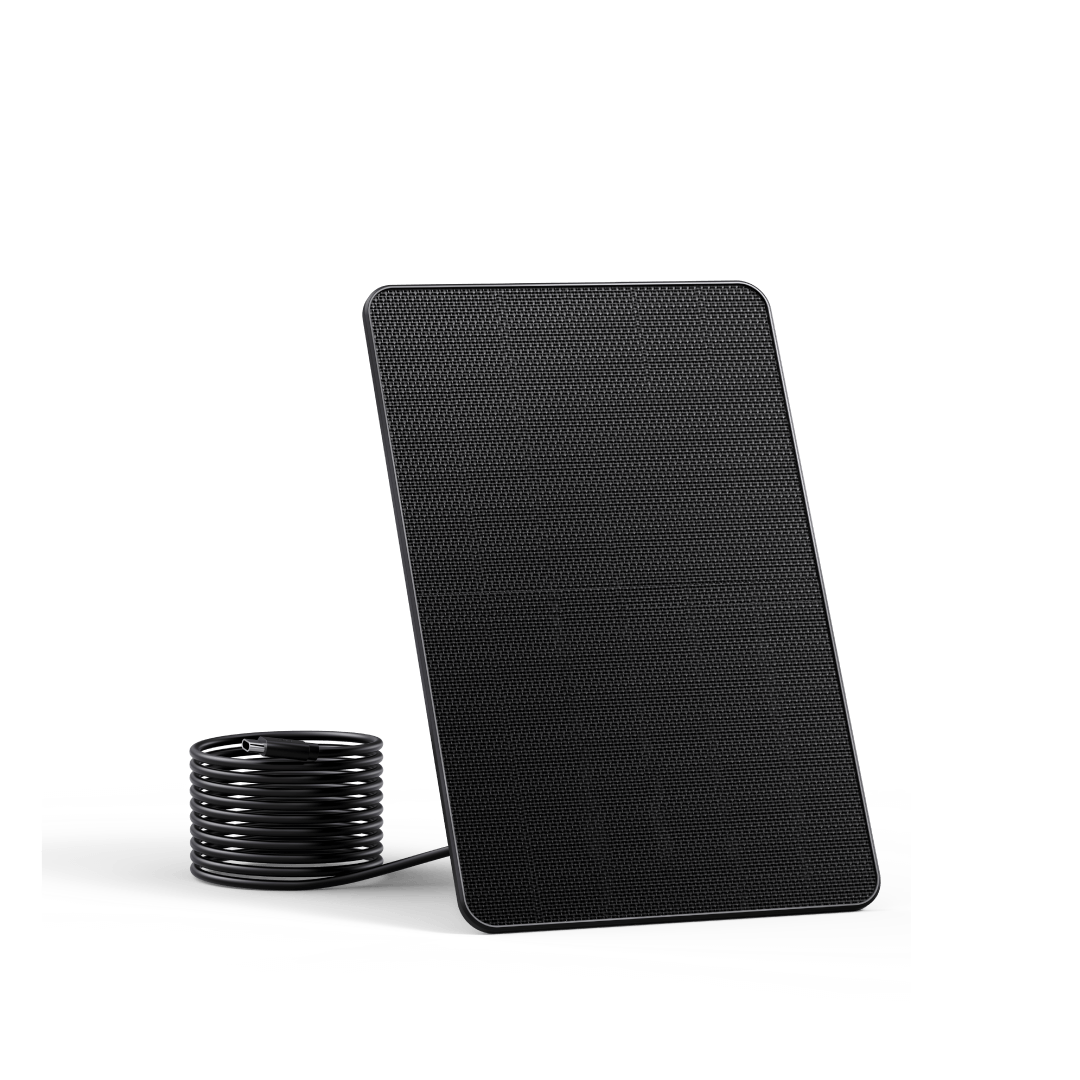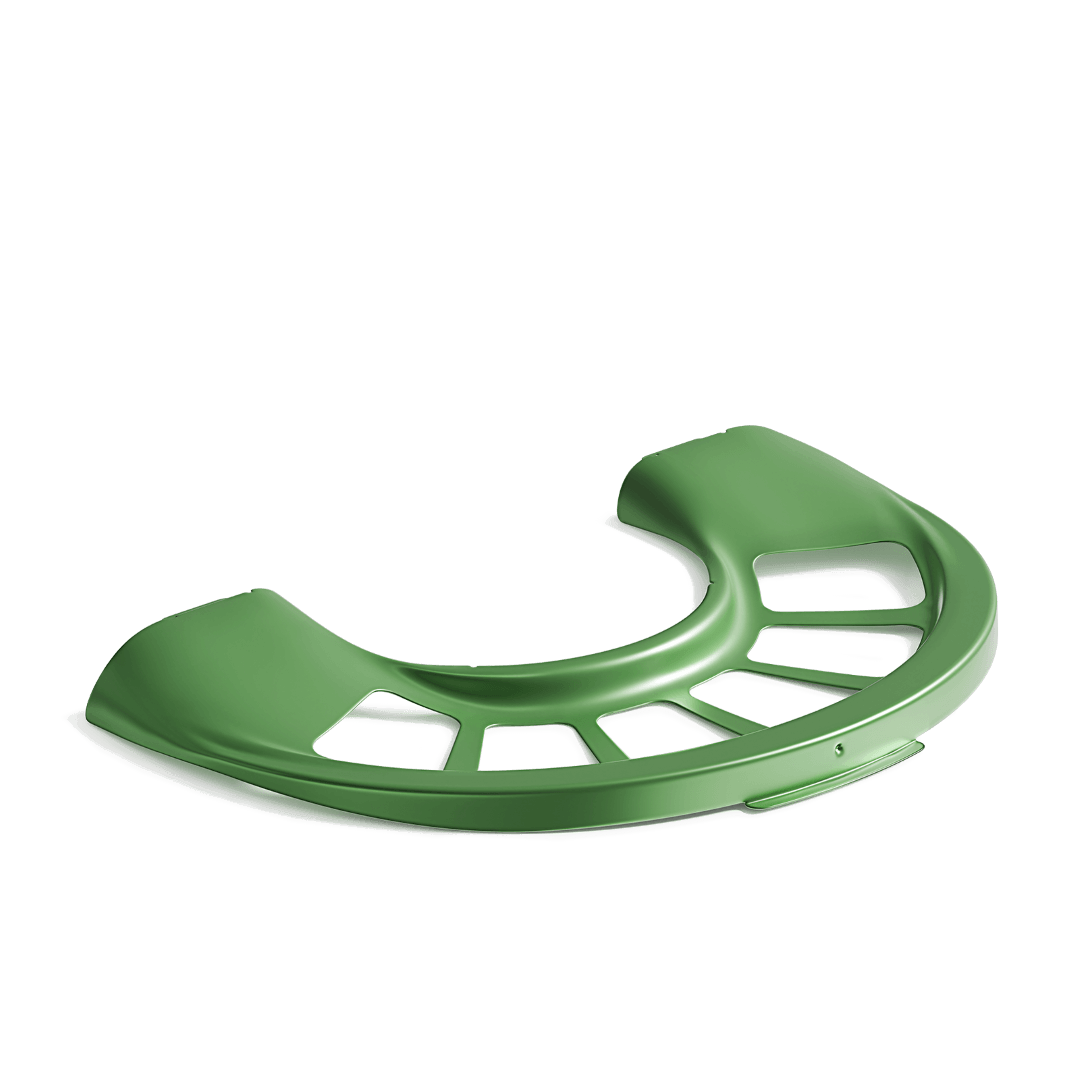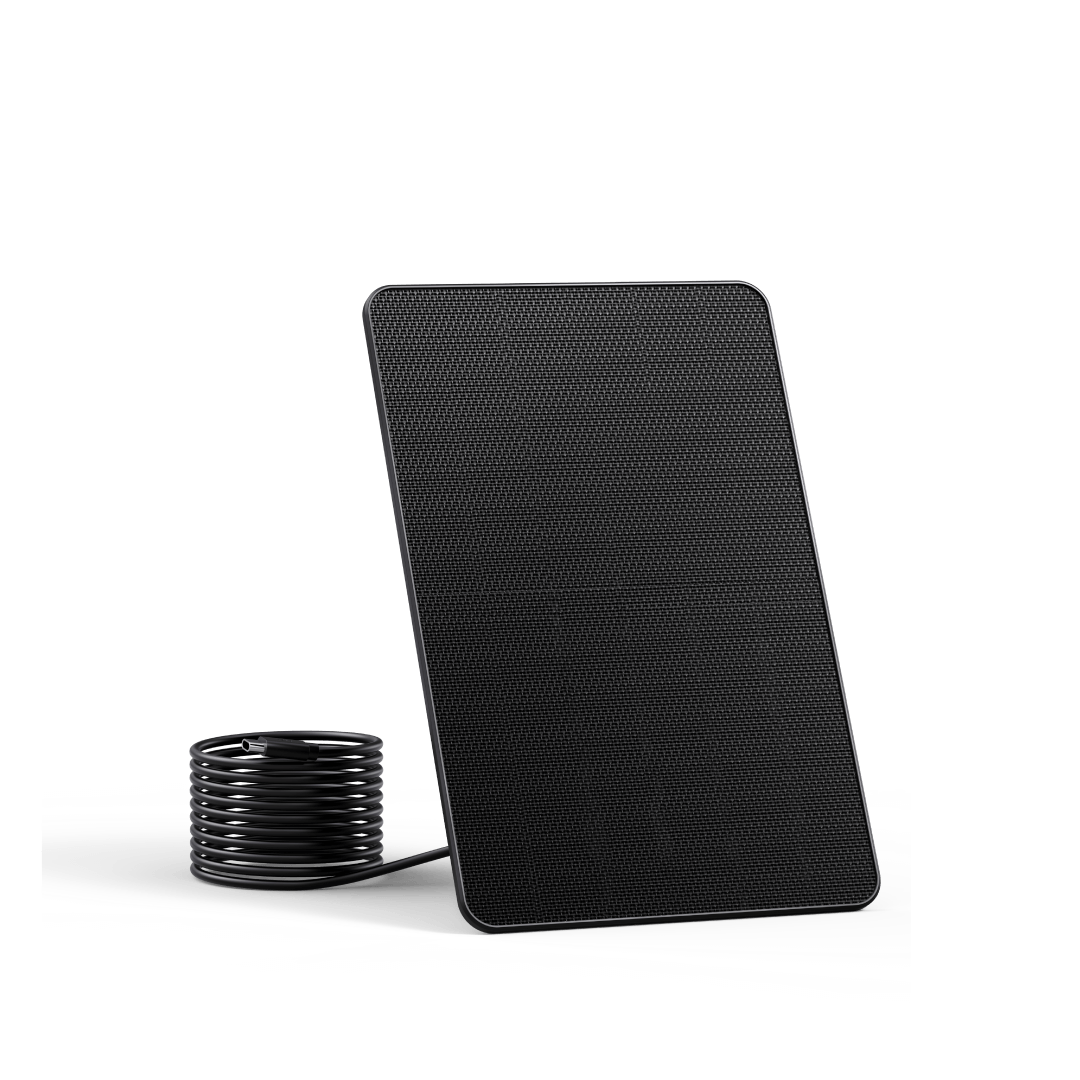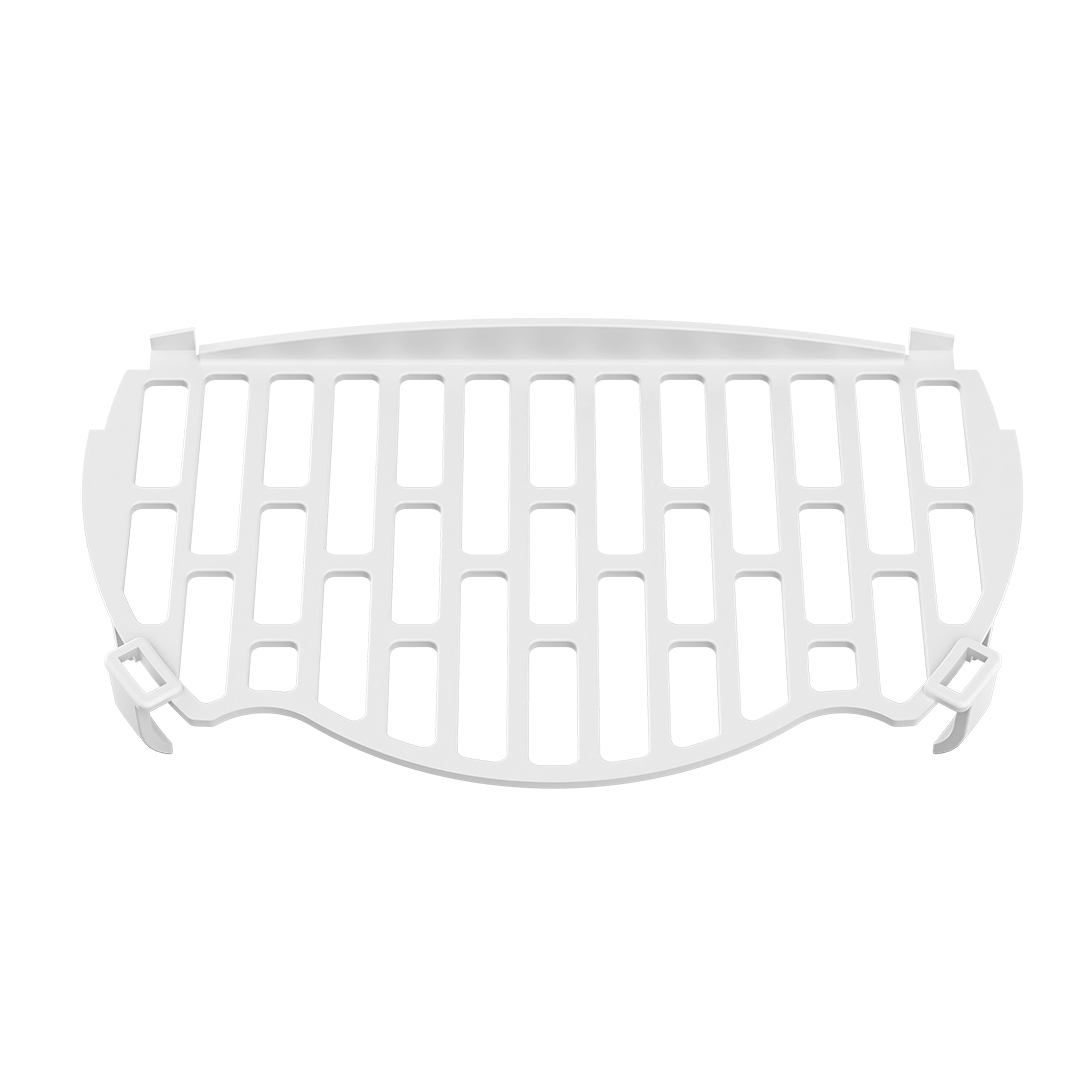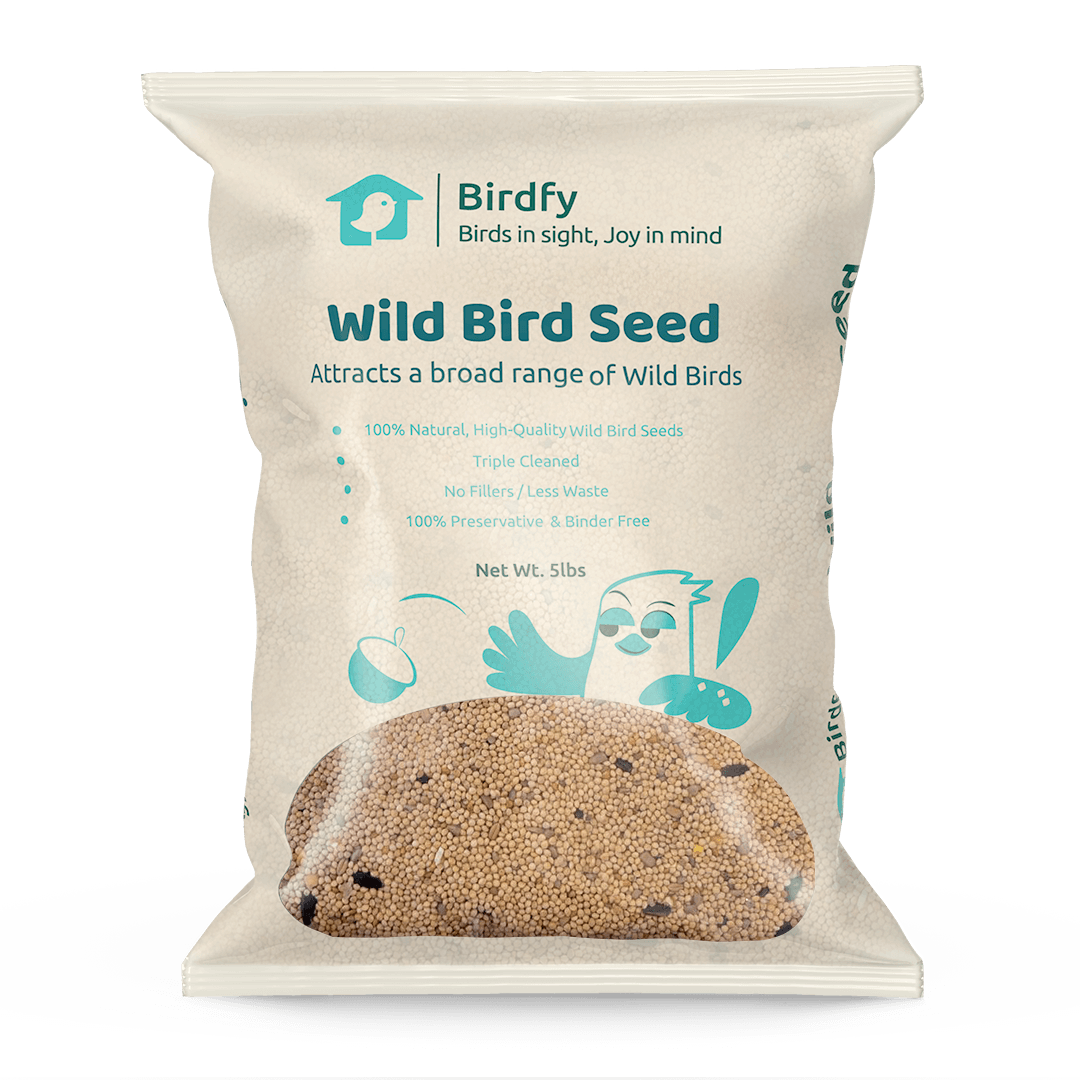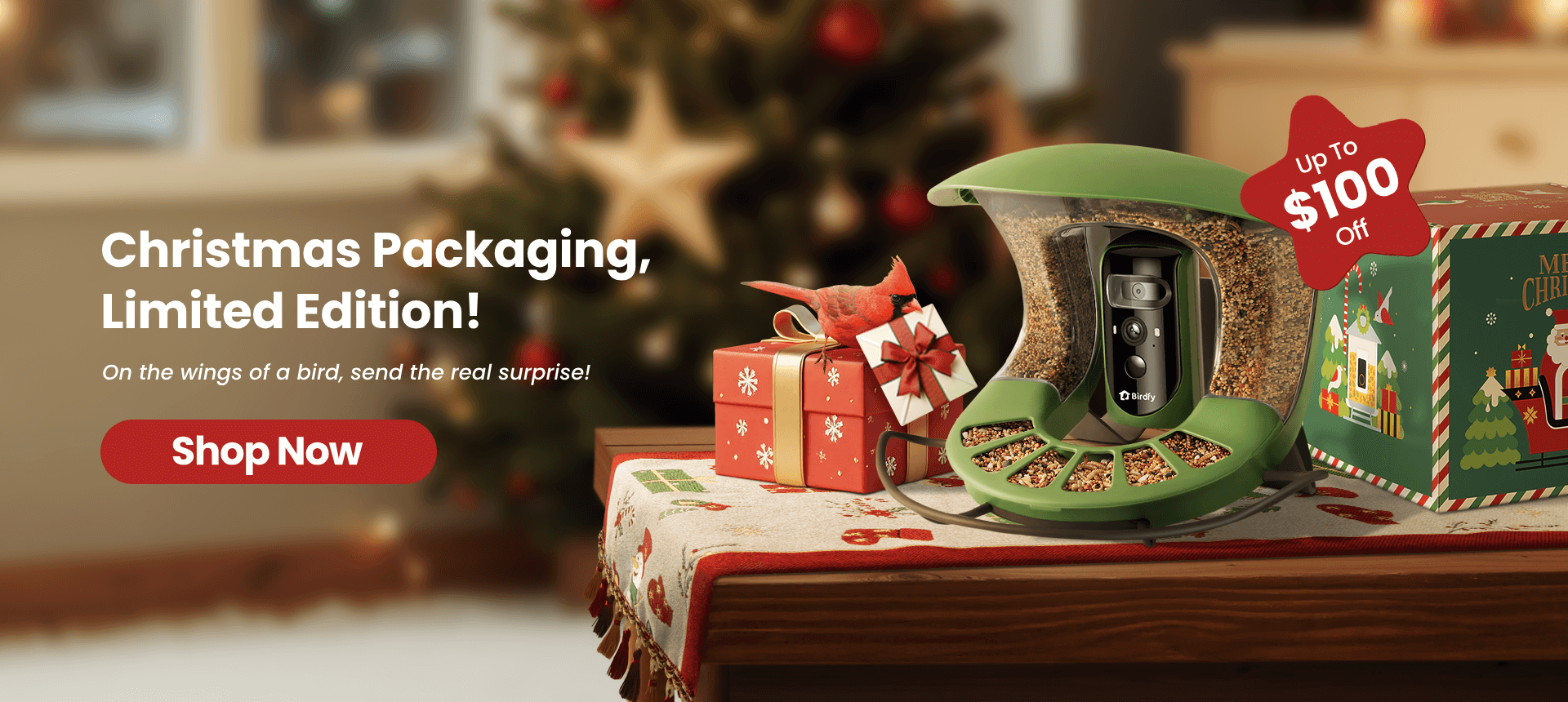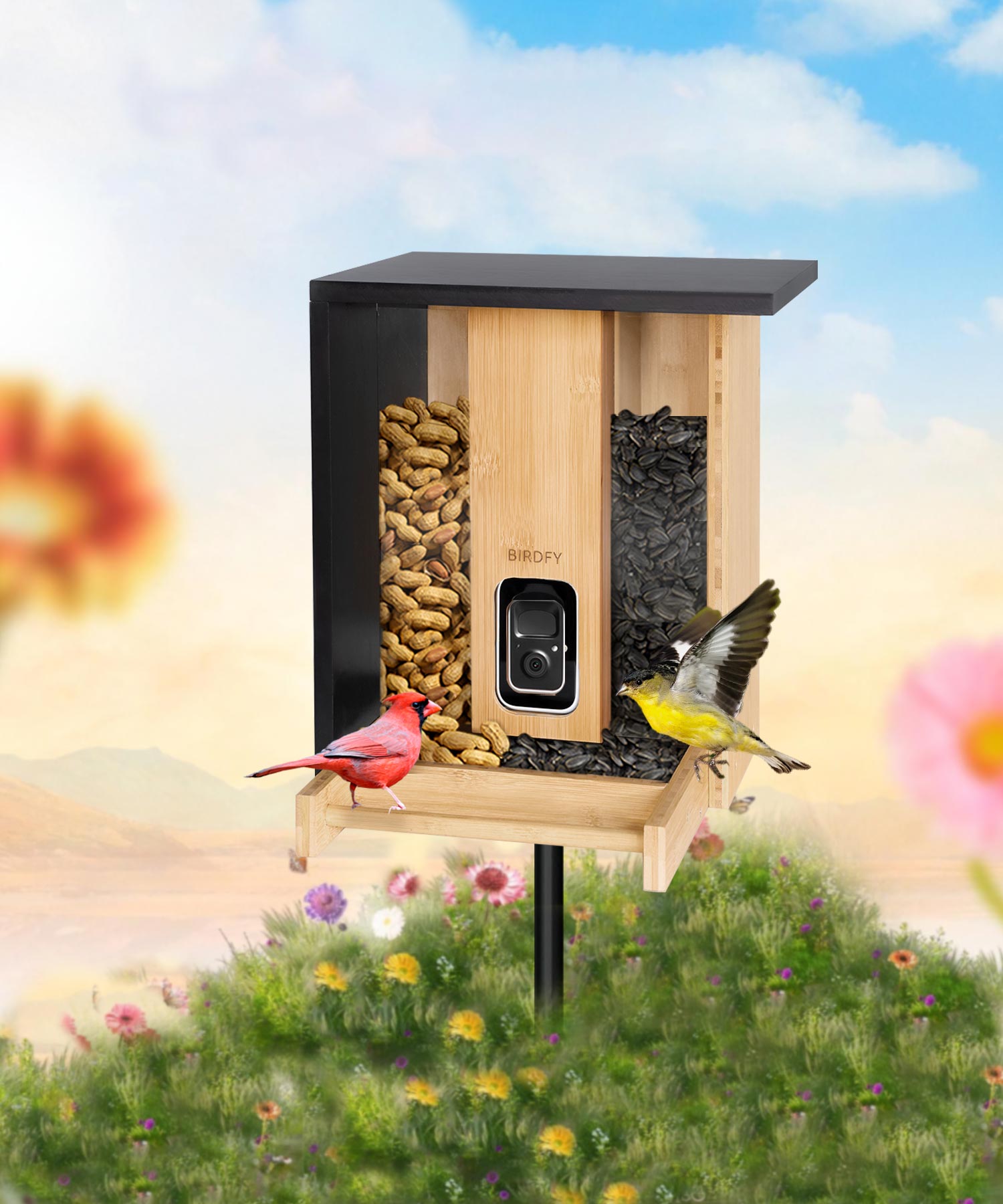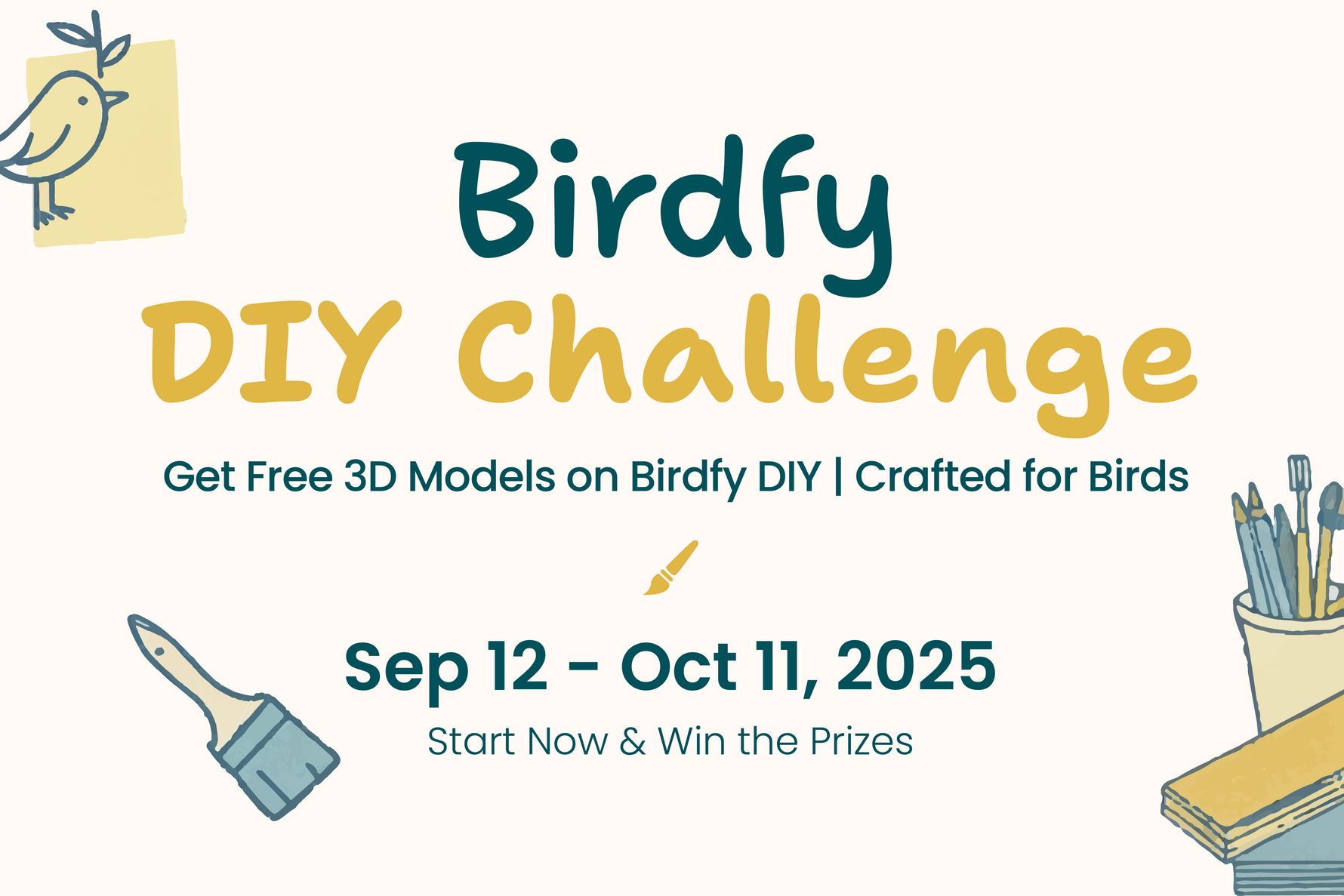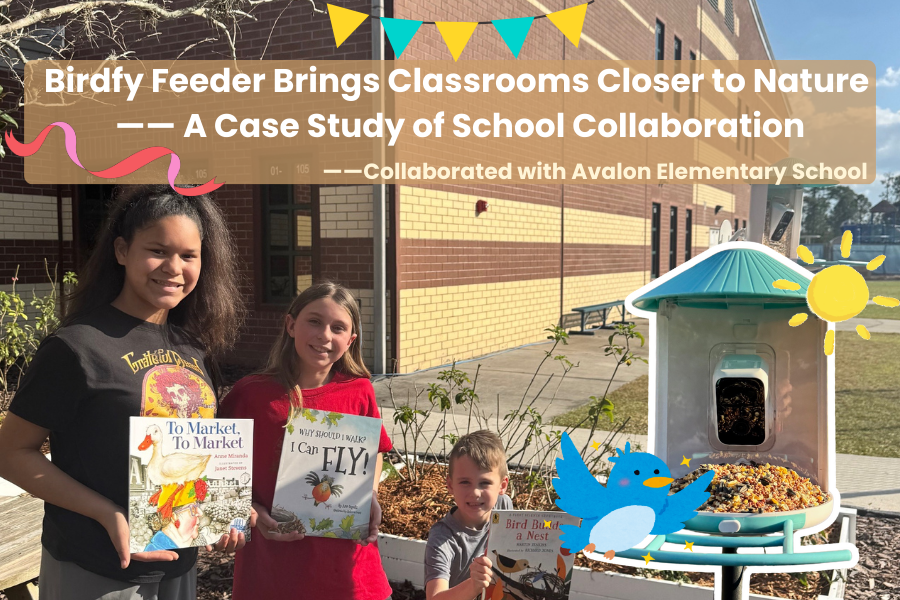Birdfy Expert Tips | A Must-Read for Beginners to Choose Bird Seeds
Choosing the right bird seed can be a rewarding yet daunting task for beginners interested in attracting birds to their backyards. With a plethora of options available, it’s essential to understand the nutritional needs of birds, the ingredients listed on seed packages, and how different seeds cater to various bird species. This guide will help you navigate through the process of selecting bird seed, focusing on understanding ingredient labels, recognizing common seed types, and considering seasonal needs.

Understanding Bird Seed Labels
One of the first steps in choosing bird seed is learning how to read the ingredient label. This information is crucial in determining whether a specific seed mix is suitable for your feathered friends.
Key Components of the Ingredient Label
Bird seed labels typically include the following core information to help consumers understand product composition and quality:
Primary Seed Ingredients
- Common Seed Types:
- Sunflower Seeds: Divided into black oil sunflower seeds (high-fat, suitable for most birds) and striped sunflower seeds (harder shells, ideal for larger birds).

- Millet: Red or white millet grains, favored by ground-feeding birds like sparrows and doves.

- Corn: Cracked corn (for small birds) or whole kernels (for parrots and pigeons).

- Safflower Seeds: Hard-shelled, squirrel-resistant, and attractive to cardinals.

- Niger Seed/Thistle: A favorite of goldfinches, requiring specialized feeders.

- Oats: Commonly used in mixes, suitable for pigeons and sparrows.

- Ingredient Order: Ingredients are listed in descending order by weight. For example, if "sunflower seeds" appear first, they are the primary component.
Additives & Fillers
- Beneficial Additives:
- Calcium: Such as crushed oyster shells, aiding bone development.
- Vitamin Premixes: Including vitamins A, D3, and E to boost immunity.
- Probiotics: Promote digestive health.
- Fillers to Avoid:
- Wheat: Low-cost but nutritionally poor, disliked by many birds.
- Sorghum: Hard shells and poor palatability, often found in low-quality mixes.
- Artificial Colors: Potentially harmful; avoid dyed seeds.
Guaranteed Nutritional Analysis
Labels must display basic nutritional ratios, such as:
- Crude Protein: ≥12% (higher for songbirds).
- Crude Fat: ≥8% (higher fat content needed in winter).
- Crude Fiber: ≤10% (excessive fiber may hinder digestion).
Other Key Information
- Expiry Date: Seeds can oxidize and spoil; choose fresh batches.
- Pesticide-Free: Organic certification ensures safety.
- Mold Inhibitors: Such as propionic acid (use in controlled amounts).
Common Bird Seed Types
Understanding the types of bird seed available is essential for making an informed choice. Here are some common options:
Seed Mixes
Many bird seed mixes are commercially available, often designed to attract a variety of species. When selecting a mix, check the ingredients to ensure it contains high-quality seeds.
- General Purpose Mixes: These mixes typically contain a variety of seeds, including sunflower, safflower, millet, and corn. While they can attract various birds, they may also have fillers that some birds ignore.
- Specialty Mixes: These are tailored for specific species, such as finch mixes that include nyjer seeds or mixes designed for woodpeckers that may contain suet nuggets.
Single Seed Types
Using single seed types can be an effective way to attract specific birds. For example, if you want to attract goldfinches, consider using only nyjer seed.
Suet and Suet Cakes
Suet is an excellent high-energy food, especially in winter when birds need extra calories. Suet cakes often contain seeds, fruits, and nuts, making them an appealing food source for many birds. They are best placed in a specialized suet feeder.
Mealworms
Dried or live mealworms are a protein-rich food that many birds enjoy. They are particularly beneficial during the breeding season when birds require additional protein for feeding their young.
Key Seed Types and Their Bird Appeal
Black Oil Sunflower Seeds
- Attracts: Cardinals, chickadees, jays, and finches.
- Benefits: These seeds are high in fat and protein, making them a favorite among many birds. The thin shells are easy for birds to crack open, encouraging them to visit your feeder frequently.


Safflower Seeds
- Attracts: Cardinals, doves, and some sparrows.
- Benefits: Safflower seeds have a slightly bitter taste that deters some squirrels, making them a great choice if you want to reduce unwanted visitors at your feeders.


Nyjer (Thistle) Seeds
- Attracts: Goldfinches, siskins, and some sparrows.
- Benefits: These tiny seeds are an excellent source of oil and are particularly loved by finches. Be sure to use a specialized feeder for nyjer seeds to prevent waste.


Peanuts
- Attracts: Jays, woodpeckers, and chickadees.
- Benefits: Peanuts are high in protein and fat. You can offer them whole, shelled, or in suet cakes. Just be cautious about mold, which can develop in wet conditions.


Millet
- Attracts: Sparrows, juncos, and doves.
- Benefits: This small seed is often found in mixed birdseed but can also be offered on its own. It’s a good choice for ground-feeding birds.

Suet
- Attracts: Woodpeckers, nuthatches, and wrens.
- Benefits: Suet provides high energy, especially in winter. It can be purchased as cakes or made at home, often mixed with seeds, fruits, or nuts.


Seasonal Considerations
Seasonal changes significantly influence the dietary needs of birds. Different times of the year require different types of food to support their health and energy levels.
Spring and Breeding Season
During the spring, birds are busy establishing territories and nesting. They require higher protein diets to support their energy needs and the demands of raising young.
- Protein-Rich Foods: Offer mixes high in protein, such as those containing mealworms, peanuts, and suet. This helps ensure that breeding birds have the necessary energy to raise their young.
Summer
In summer, many birds are feeding their chicks. They will be foraging for insects, but providing high-energy seeds and suet still helps supplement their diet.

- Diverse Seed Options: Continue providing a variety of seeds, including sunflower and safflower, to cater to different species.
Fall and Winter
As temperatures drop, birds require more calories to maintain their body heat. High-fat seeds and suet areessential during this time as they provide the necessary energy to withstand colder weather.

Winter Feeding
In winter, birds face challenges in finding food, especially when snow covers their natural food sources. Here’s how you can support them:
- High-Energy Foods: Focus on offering high-fat seeds like black oil sunflower seeds and suet cakes. These foods provide the calories birds need for warmth and energy.
- Consistent Feeding: Keep feeders stocked consistently throughout the winter. Birds will learn to rely on your feeder as a food source, especially when natural food is scarce.
Tips for Choosing the Right Bird Seed
Choosing the right bird seed can be made easier with these practical tips:
Research the Local Bird Species
Understanding which birds are common in your area will help you choose the right seeds. Local birdwatching groups, online resources, or field guides can provide valuable insights.
Observe Feeding Habits
If you already have a feeder set up, take note of which birds visit. This observation can guide your seed choices. For example, if you notice many finches, consider adding nyjer seed to your offerings.
Quality Over Quantity
It may be tempting to purchase larger bags of inexpensive seed mixes, but these often contain fillers that birds may not eat. Opt for high-quality seeds with fewer fillers to attract more birds.
Clean Your Feeders Regularly
Maintaining clean feeders is crucial for bird health. Dirty feeders can harbor mold and bacteria, which can harm birds. Clean your feeders every couple of weeks, especially during the warmer months when mold can grow quickly.
Important Considerations
Avoid Moldy Seeds: Always check your seed for signs of mold or spoilage, especially if they have been stored for a while. Moldy seeds can be harmful to birds and may deter them from feeding.
Consider Your Location: The placement of your feeders can influence which birds visit. Place feeders near natural cover, such as shrubs or trees, to make birds feel safe while feeding. Additionally, avoid placing feeders too close to windows to prevent collisions.
Be Mindful of Other Wildlife: While attracting birds is the goal, be aware that your feeders may also attract unwanted wildlife, such as squirrels or raccoons. Implement measures like baffles or squirrel-proof feeders to minimize these visits.
Monitor for Pests: Keep an eye out for pests like ants, which can invade bird feeders. Using ant moats can help keep these pests at bay.
Stay Informed: Join local birdwatching clubs or online forums to stay updated on bird feeding trends and seasonal changes in bird behavior. Networking with experienced birders can provide you with valuable tips and insights.
Bird Seeds Recommendation
Birdfy offers the Premium Wild Bird Seed for bird-watching lovers to feed wild birds in your backyard.

Birdfy has carefully selected a balanced mix of nutritious ingredients to maximize consumption, reduce mess, and minimize waste. Made with the finest natural ingredients, Birdfy specified bird seeds are to provide perfectly balanced nutrition and support your feathered friend's overall well-being.

Birdfy Premium Wild Bird Seed is perfect for attracting a variety of beautiful birds to your outdoor space.

Conclusion
Choosing the right bird seed involves understanding the nutritional needs of birds, recognizing quality ingredients, and considering seasonal changes. By becoming familiar with seed labels, selecting appropriate seed types, and offering food that meets birds’ energy requirements throughout the year, you can create a welcoming environment for a diverse range of bird species in your backyard.
With this guide, you are now equipped with the knowledge to make informed decisions when selecting bird seed. Enjoy the process of observing and feeding your feathered friends, and take pride in contributing to their well-being and enjoyment. Happy birdwatching!
Share


